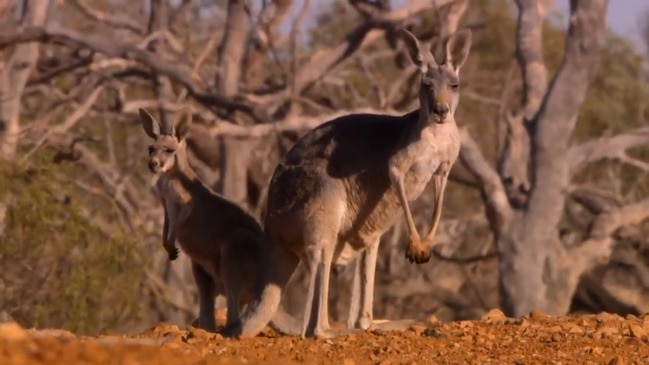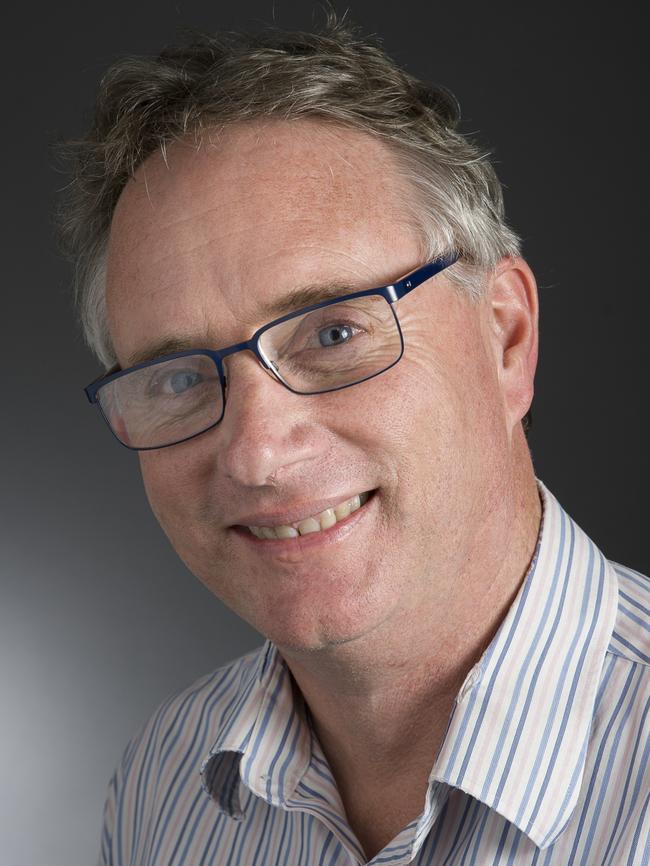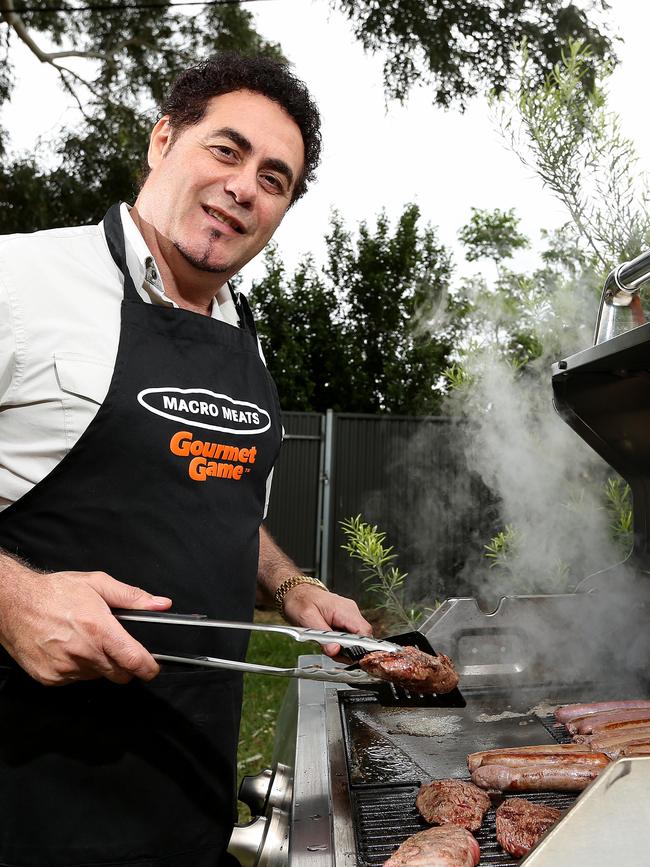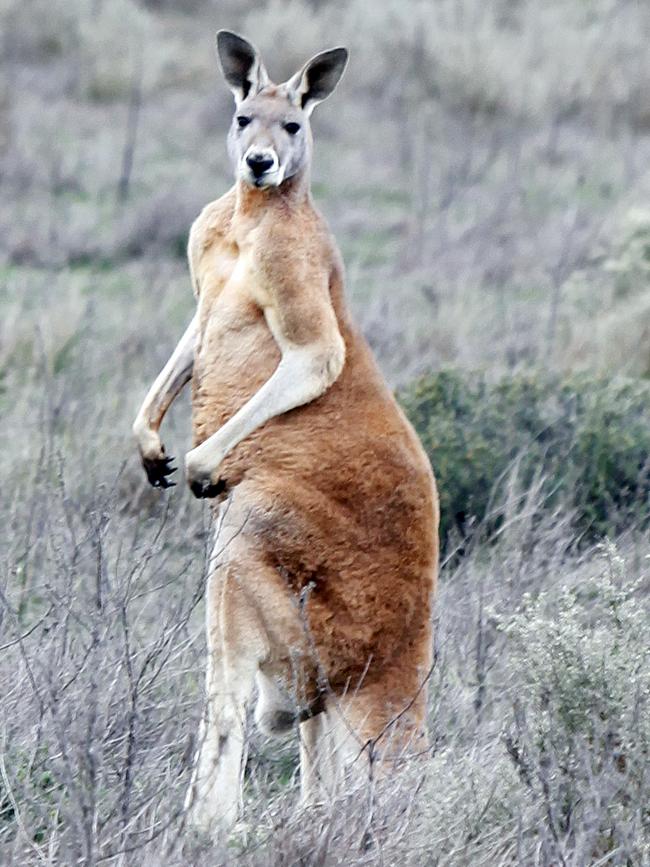SA kangaroo harvest zone extended across the state with new species on hit list
Shooters will target kangaroos in a huge new tract taking in the Adelaide Hills, Yorkes, Fleurieu and South-East for the first time. And they’ll be able to harvest new species, including on KI.

SA News
Don't miss out on the headlines from SA News. Followed categories will be added to My News.
- Environment department lashed over koala cull plans
- Commercial kangaroo culls to be expanded across SA
Commercial shooters will be allowed to target kangaroos in almost all of South Australia for the first time – despite the population plunging dramatically during the drought.
The Adelaide Hills, Fleurieu and Yorke peninsulas, Mid North, Kangaroo Island and South-East have been added to the area where kangaroos can be harvested from January.
The plan — which also adds three new species to the hit list — comes as drought devastates the population with hundreds of thousands having perished, while some have moved to better pastures since 2018.
The new plan aims to manage “overabundant” kangaroos through harvesting for skin and meat, rather than carcasses being left on the ground, Primary Industries and Regional Development Minister Tim Whetstone said.
“While recent dry conditions have resulted in a natural decline of kangaroo numbers in the north of SA, populations remain high across most agricultural areas of the state,” he said.
“High kangaroo numbers put pressure on our agricultural industry, the environment, the quality of life of kangaroos, and also pose a danger to motorists.”

Each year, kill quotas are set to manage naturally fluctuating population numbers, with the quota reduced by a third this year.
Livestock SA chief executive Andrew Curtis said members had been concerned by increased kangaroo numbers across many areas of the state for some time.

“The expansion of the commercial harvest zone will have positive outcomes for the environment and for the health of many kangaroo populations while allowing the effective management of ’roo numbers and mitigating the effects of high numbers on livestock production systems,” he said.
The RSPCA said lethal control programs should not be triggered solely by population density and distribution, but rather should require evidence that kangaroos were suffering serious welfare issues or causing environmental damage.
The organisation’s submission said more resources should be allocated to non-lethal kangaroo management solutions
It also said government policy should not categorise the animals as “a sustainable resource to be harvested”, but “align more closely with the intrinsic value the community places on Australian wildlife”.
Ray Borda, director of Macro Meats – Australia’s largest kangaroo meat harvester – said the changes would make it easier to address a lack of commercial shooters in SA, meaning the company could source more meat locally.
He said it would also address animal welfare issues associated with farmers carrying out non-commercial culls.

Commercial shooters carried better equipment and faced much stricter controls and monitoring on how the animals are killed – such as the requirement for a single bullet to the brain.
Mr Borda is also lobbying for a reduction to shooters’ licence fees and animal tags – used for each carcass, saying their high cost in SA was holding the industry back.
Kangaroo populations in the commercial harvest area have dropped from 4.4 million in last year’s commercial harvest areas to 3.6 million in 2019.
The Government consulted the community about the planned changes, dropping red-necked wallabies from the hit list amid concerns about the species’ habitat preferences and a lack of evidence that it caused significant damage on farms.

Quotas vary from 10 per cent to 20 per cent of the population, depending on the species and the subregion.
Shooters have been harvesting about 100,000 animals a year over the past decade, down from a peak of 360,000 in 1995 and far below quotas, including last year’s target of 730,000.
For 2020, the quota has been reduced because of the population decrease.
The quota for previously listed species — euros and red and western grey kangaroos — has been cut by 37 per cent to 458,000.

A quota of 60,000 has been set for the new species — eastern greys (only in the Lower South East) as well as tammar wallabies and KI sub species of western greys (KI only).
Under the new zones, all of SA is covered except the Adelaide metropolitan area and some traditional Aboriginal lands.
Under the new plan, more flexibility is introduced with high abundance quotas to allow for extra harvest when populations peak and low harvest thresholds when numbers are well below long-run average.
